#madeleine grynsztejn
Text

Christopher Wool: 'You make me', (exhibition catalogue), MoCA, Los Angeles, CA, and Scalo Publishers, 1997 [Saint-Martin Bookshop, Bruxelles-Brussel]

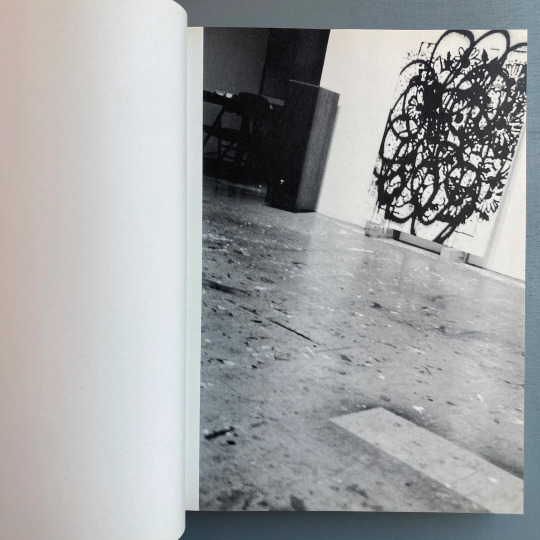

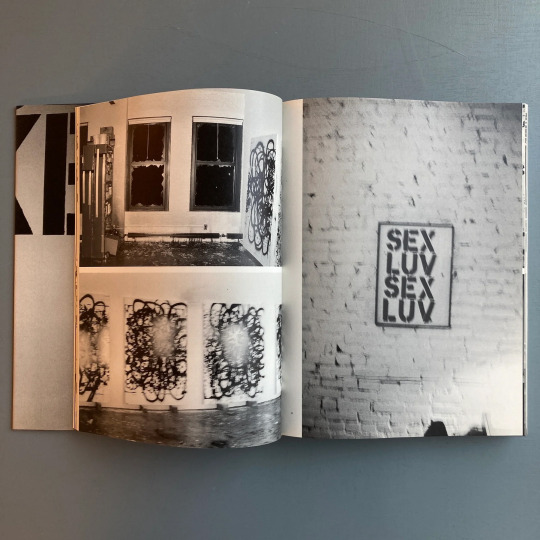






Essays: Thomas Crow, Ann Goldstein, Madeleine Grynsztejn, Gary Indiana and Jim Lewis
Cover Art: Christopher Wool, Untitled, (enamel on aluminum), (detail), 1997 [© Christopher Wool]
#graphic design#typography#art#visual writing#drawing#mixed media#exhibit design#catalogue#catalog#cover#back cover#christopher wool#thomas crow#ann goldstein#madeleine grynsztejn#gary indiana#jim lewis#moca#scalo publishers#1990s
22 notes
·
View notes
Text

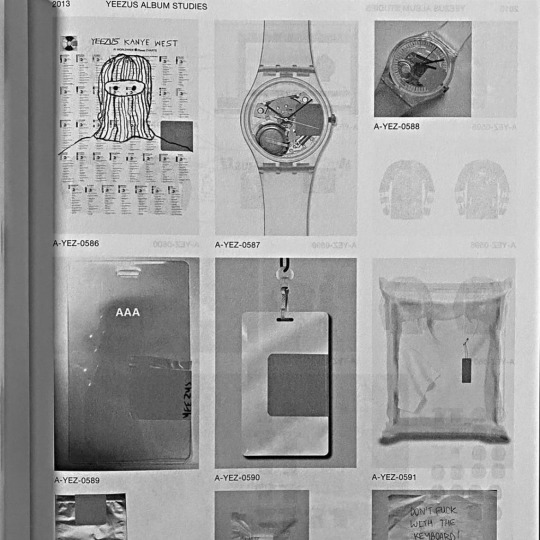
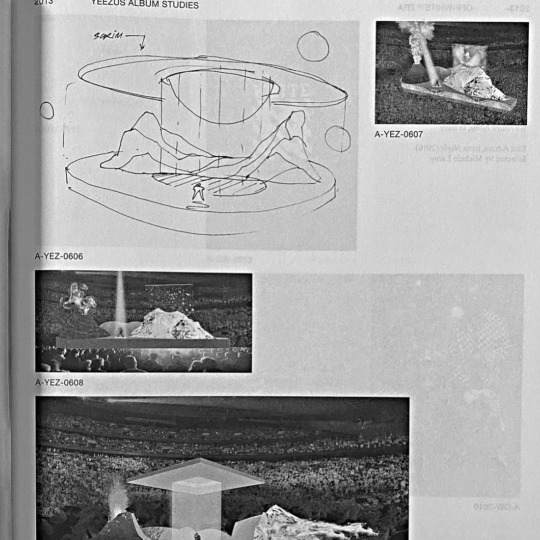
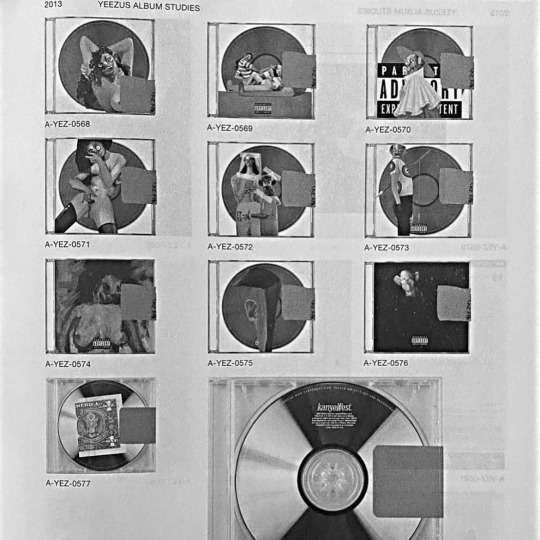
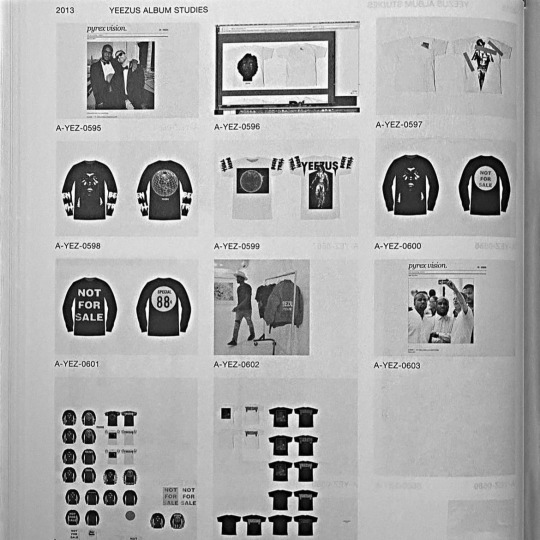

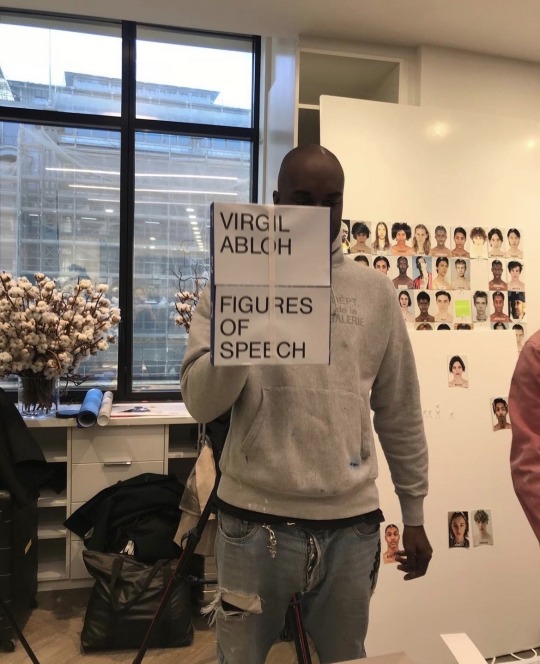
500 pages 15 years.
4 notes
·
View notes
Photo



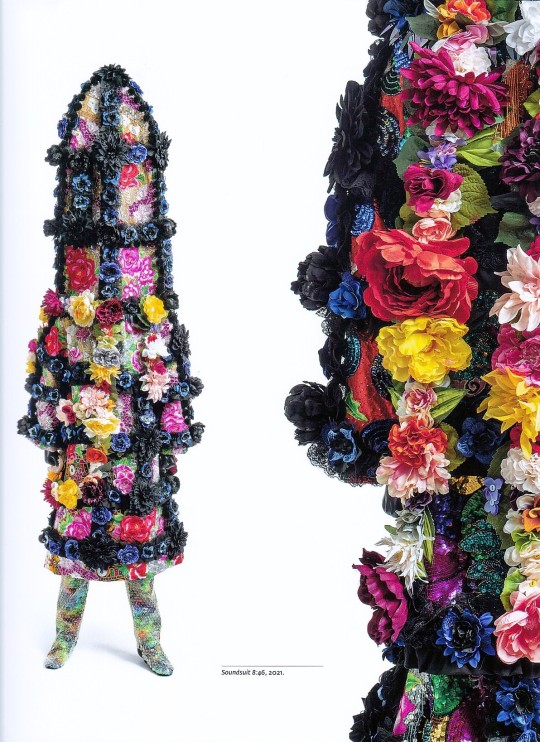
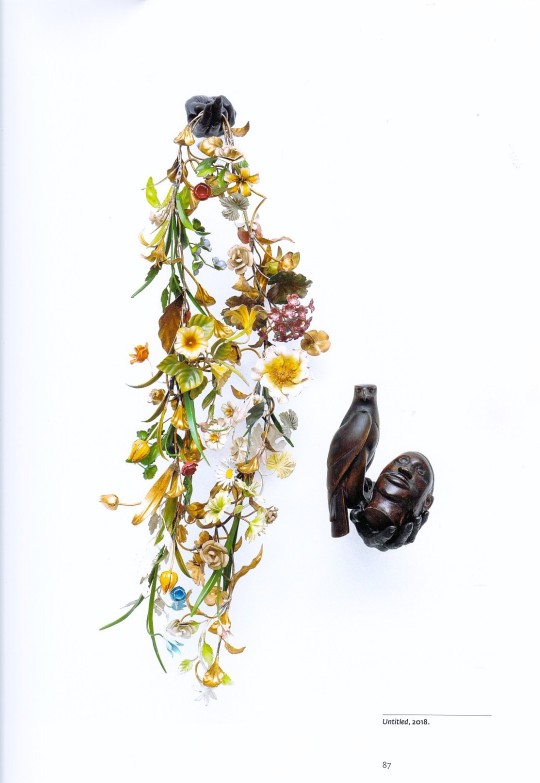

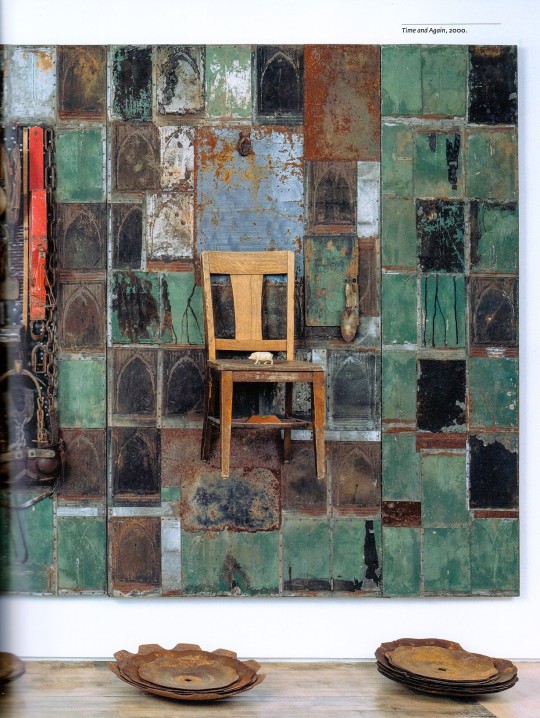

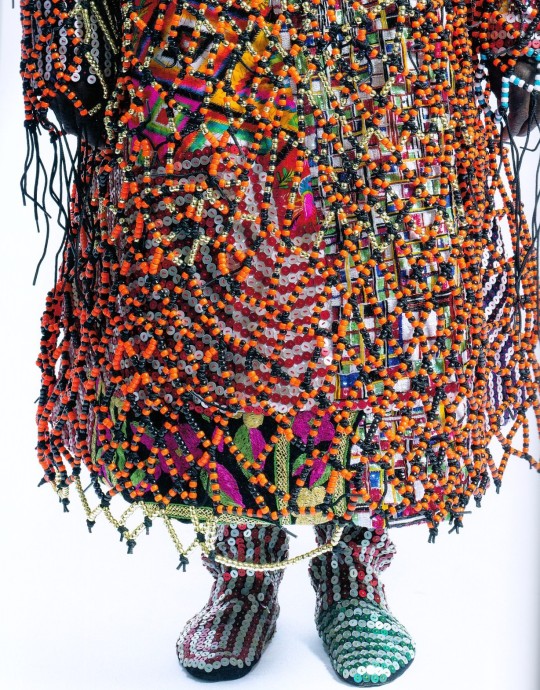

Nick Cave Forothermore
Edited with text by Naomi Beckwith. Foreword by Madeleine Grynsztejn. Text by Romi Crawford, Antwaun Sargent, Malik Gaines, Krista Thompson, Meida Teresa McNeal. Interviews by Naomi Beckwith, Nick Cave, Nona Hendryx, Linda Johnson Rice, Damita Jo Freeman. Designed by Bob Faust
DelMonico Books/Museum of Contemporary Art Chicago, 2022, 304 pages, 27,9 x 2,29 cm, ISBN 9781942884965
euro 80,00
email if you want to buy :[email protected]
With a wealth of images and commentary, this is the essential career survey of Cave's socially responsive art
The definitive volume on the ever-evolving and shape-shifting work of the Chicago-based artist, Nick Cave: Forothermore highlights the way Cave’s practice has shifted and continues to shift in response to our history and current moment of cultural crisis. Including several new, never-before-seen works, the book shows an artist at the height of his power. Addressing topics ranging from art history to social justice, Nick Cave:Forothermore includes essays from Naomi Beckwith, Romi Crawford, Antwaun Sargent, Malik Gaines, Krista Thompson and Meida Teresa McNeal. Punctuating these contributions are interviews with the artist exploring his life, work and teaching practice, as well as a roundtable discussion between Cave and dancer Damita Jo Freeman, musician Nona Hendryx and publisher Linda Johnson Rice on Cave's art and influences, as well as pivotal cultural phenomena from Soul Train to Ebony magazine. Nick Cave: Forothermore reveals the way art, music, fashion and performance can help us envision a more just future.
Nick Cave (born 1959) is an artist and educator working between the visual and performing arts through a wide range of mediums, including sculpture, installation, video, sound and performance. Cave is well known for his Soundsuits, sculptural forms based on the scale of his body, initially created in direct response to the police beating of Rodney King in 1991. Cave has had major exhibitions at MASS MoCA (2016), Cranbrook Art Museum (2015), Saint Louis Art Museum (2014–15), ICA Boston (2014), Denver Art Museum (2013), Seattle Art Museum (2011) and the Yerba Buena Center for the Arts (2009), among others. Cave lives and works in Chicago.
05/01/23
orders to: [email protected]
ordini a: [email protected]
twitter: @fashionbooksmi
instagram: fashionbooksmilano, designbooksmilano tumblr: fashionbooksmilano, designbooksmilano
#Nick Cave#Chicago artist#art#Museum Cont.Art Chicago#fashion performance#sculpture#installation#performance#fashionbooksmilano
7 notes
·
View notes
Photo

This installation view of "Spinner Forest" (2016) is reproduced from 'Nick Cave: Forothermore,' the catalog to the exhibition opening today @guggenheim — en route from it's major debut @mcachicago Copublished by @delmonico_books @sirsargent writes: "In both construction and material play, Cave draws on a myriad of influences and style icons across the African diaspora. He has referenced the traditional dress of Mardi Gras Indians, the ceremonial costumes of African tribes, and the spectacle and elegance seen on Black models on the runways of Eunice Johnson’s Ebony Fashion Fair. The instructive funk of 'Soul Train,' the psychedelic pageantry of Parliament Funkadelic, and the afrofuturistic look of the girl group Labelle have also inspired an aesthetic universe that expands Cave’s practice beyond the wearable garment into the environment itself. In works such as Cave’s large-scale beaded tapestries and ongoing 'Spinner Forest' installations (2016–ongoing), we find the artist interested in recapturing the liberatory glow of the late-1970s Chicago house scene, where a sexual and sartorial hedonism informed a space of release in which 'inhibitions, the status quo, and coats were kept off the dance floor, where, honey, shit turned up.' Fashioning those memories into Soundsuits, paintings, performances, and installations is for Cave a way to reclaim a history of Black style as a reflection of 'Black futurism,' which is as much about the creation of alternative spaces of belonging as it is the identification of new attitudes and identities of empowerment within which to inhabit." IMAGE CREDIT: Spinner Forest, 2016. Installation view: 'Nick Cave: UNTIL, Tramway,' Glasgow, August 3–November 24, 2019. Other works shown: 'Beaded Cliff Wall,' 2016. Edited with text by Naomi Beckwith. Foreword by Madeleine Grynsztejn. Text by Romi Crawford, @sirsargent @malik_julian_g Krista Thompson, @meidamcneal Interviews by Naomi Beckwith, Nick Cave, @nonahendryx @lindajohnsonrice Damita Jo Freeman. @dusablemuseum @artonthemart #nickcave @nickcaveart #forothermore https://www.instagram.com/p/ClHFHpqJbIt/?igshid=NGJjMDIxMWI=
0 notes
Link
0 notes
Photo










“NEON / Former Public Tobacco Factory / Library and Printing House of the Parliament”, Athens, Greece [2021] _ Hellenic Parliament and NEON / Architect: Fanis Kafantaris _ Photographs by Spyros Kaprinis [31.07.2021]
“On 11 June, the emblematic building of the former Public Tobacco Factory opens its doors for the first time, introducing a new contemporary cultural centre in Athens, open to all. This project is the result of a collaboration between the Hellenic Parliament and NEON to commemorate the 200th anniversary of the Greek War of Independence.
The new 6,500 sq.m. cultural space, renovated with funding from NEON, will be inaugurated by an international group exhibition, Portals, featuring 59 artists from 27 countries including 15 new site-specific installations commissioned by NEON. In this auspicious moment, both commemorating the Greek War of Independence and living through the pandemic, the exhibition aspires to give rise to new messages, ideas and reflections regarding contemporary artistic creation, through the prism of a newly-formed reality composed of change and disruption.
Portals is curated by Elina Kountouri, Director of NEON, and Madeleine Grynsztejn, Pritzker Director, Museum of Contemporary Art Chicago.”
https://www.archetype.gr/projects/anamorfosi-tou-proin-dimosiou-kapnergostasiou-vivliothiki-kai-tipografio-tis-voulis
https://neon.org.gr/en/newsroom/
https://neon.org.gr/wp-content/uploads/2021/06/Portals_PR_210605_%CE%95%CE%9D.pdf
6 notes
·
View notes
Link
Six artists and one artist collective have withdrawn their work from an exhibition at the Museum of Contemporary Art Chicago (MCA) in solidarity with workers at the museum who have been laid off over the past year, many of whom are people of color.
In an open letter released yesterday and endorsed by 57 artists, the signatories announced their withdrawal from the exhibition The Long Dream, accusing the MCA of “perpetuat[ing] harm to Chicago arts communities” and of using artists in the exhibition to “mask this violence.” The withdrawn artists include Aaron Hughes, Sarah Bastress, Manal Kara, Max Guy, Joanna Furnans, Damon Locks, and dozens of members of a collective called Quarantine Times.
Back in January, the MCA laid off 41 workers, citing financial losses caused by the coronavirus pandemic. The layoffs prompted a backlash among museum workers who accused the museum of acting against its own pronouncements of racial equity and inclusion. Critics have slammed the museum’s director, Madeleine Grynsztejn, for executing the layoffs just days after publishing an op-ed in Art of America in which she promoted The Long Dream as an expression of the museum’s “commitment to equity throughout our institution, both on our walls and in our staffing practices.”
“When most institutions were furloughing their front-facing employees, we went in the opposite direction,” Grynsztejn wrote, adding that the museum had converted visitor services from part-time to full-time with benefits in August of 2020, but omitting that the move resulted in the elimination of 20 part-time jobs.
The Long Dream, named after the 1958 novel by Richard Wright depicting racism in the Jim Crow-era South, features more than 70 Chicago artists including luminaries like Nick Cave, Dawoud Bey, and Candida Alvarez. On its website, the museum described the exhibition as a response to “a global pandemic and a renewed reckoning over racial justice and inequality,” also stating that the showcase “offers us ways to imagine a more equitable and interconnected world.”
MCAccountable, a collective of current and former MCA workers from the museum’s visitor experience department, comprised primarily of workers of color, had previously accused the museum of “performative allyship and lack of meaningful action and accountability in the MCA’s practices to uproot white supremacy and end racial injustice within the institution.” In an open letter on July 16, the workers claimed that the museum’s decision to reopen about a week later jeopardized their health and stood in contrast with the museum’s statements of solidarity with communities of color.
On August 21, MCAccountable released an update, taking aim at the museum’s job reconstruction plan. Later, in solidarity with the workers, artists Maria Gaspar, Aram Han Sifuentes, Folayemi Wilson, and For the People Artists Collective declined to participate in The Long Dream before it opened in November of 2020.
On the week of the exhibition’s opening, a group of participating artists sent a letter to Grynsztejn and the MCA’s curators and Board of Trustees, to express their support of MCAccountable and request a meeting. Since then, the museum was forced to close again because of the rising Covid-19 infection rate in Chicago. It reopened on March 2.
Yesterday, March 11, Grynsztejn met with a group of artists from the exhibition who presented her with a second letter announcing their withdrawal. The letter also demanded the adoption of WAGE (Working Artists and the Greater Economy) standards; restructuring of the board to include a majority of local artists and MCA staff members; public apologies to both MCA workers and the Chicago arts community; and the incorporation of language into artist contracts that preserves their right to withdraw from exhibitions without fear of retaliation.
“The MCA has made the artists in The Long Dream unwillingly complicit in their harmful behavior, and this betrayal of trust has ramifications, not only for our relationships with the MCA, but for all such similar institutions,” the letter said. “Forcing artists to choose between exhibition and the safety of their peers is unsustainable and unacceptable […] Artists have the right not to be ashamed of the institutions they work with.”
In a statement to Hyperallergic, the MCA said: “We agree with the artists that ‘change and compromise between artists and institutions is possible.'” The museum continued:
We know that the MCA has more work to do to become an equitable institution. A major step in this direction is re-examining how we address staff compensation, expanded health benefits, and well-being so that it reflects our respect for the people who work here. Museum employees, artists, and benefactors have been very vocal in demanding changes like these. We hear you.
“We are saddened to lose the work of any Chicago artist in The Long Dream exhibit, but the deep structural change we are committed to enacting at our museum takes time,” the institution added. “We are up to the challenge, and we welcome the presence of all artists who are helping us create a truly inclusive and equitable institution.”
16 notes
·
View notes
Text

I am back from the College Art Association Conference and it was such a wonderful experience! There were not many early modern panels, but I was able to attend this wonderful talk on women art museum directors in the 21st century. The speakers talked about their experience as women leaders in museums and the obstacles they’ve faced. The talk was empowering and an excellent reminder of the importance of women in leadership!
Pictured: Madeleine Grynsztejn, Director of the Museum of Contemporary Art, Chicago
12 notes
·
View notes
Photo



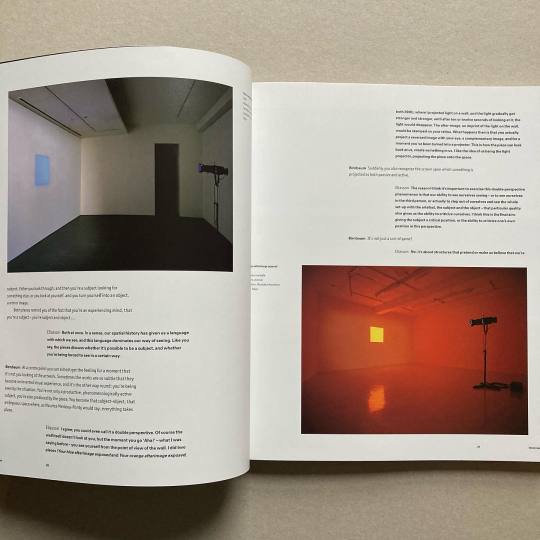




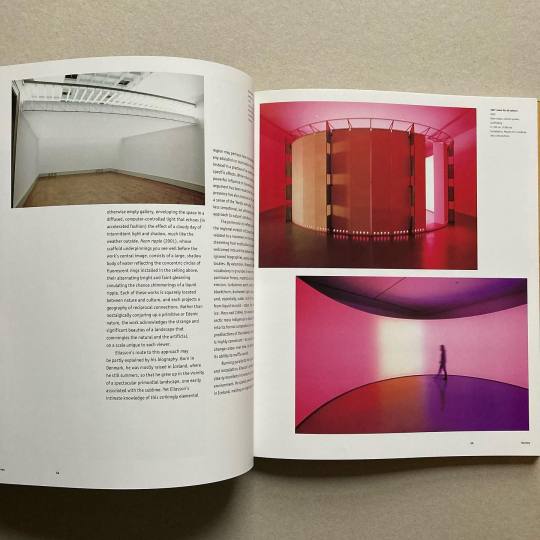

Olafur Eliasson, Texts by Madeleine Grynsztejn, Daniel Birnbaum, and Michael Speaks, Phaidon, London, 2004 [© Studio Olafur Eliasson] [Art Books & Ephemera]
#graphic design#art#installation#geometry#pattern#structure#catalogue#catalog#cover#olafur eliasson#studio olafur eliasson#madeleine grynsztejn#daniel birnbaum#michael speaks#phaidon#2000s
47 notes
·
View notes
Text
Off *********************
3 notes
·
View notes
Photo

Nick Cave 'Soundsuits' from 2010 and 2011 — from 'Nick Cave: Forothermore,' published to accompany the exhibition opening this weekend @guggenheim Naomi Beckwith writes: "Cave … is a spiritual and intellectual child of the early Bauhaus—mostly via its kindred predecessor, the Arts and Crafts movement—yet he boldly pushes against any high-modern, functionalist, or minimal aesthetic associated with its later incarnation. Instead, he cultivates a reverence for the humble, the hearthside knitted, and the bric-a-brac, which not only test the bounds of value, kitsch and 'good taste' but also produce a new art vernacular that enables access, shelter, learning and joy for anyone willing to engage with it. Looking at Cave’s working materials—from the dejected found objects that would otherwise be tossed from both museological and home-décor taxonomies to the adjectives often applied to his works, especially the celebrated, revelatory 'Soundsuits' ('dazzling,' 'sparkling,' 'scintillating,' 'otherworldly,' 'colorful)—we can see beneath them some of the deep structural practices and working tropes at play across his entire body of work. Recurrent aesthetic ideas act as commentary on aesthetic exclusions and, concurrently, the social, cultural, and political abuses that plague our society." Read more via linkinbio. Copublished by @delmonico_books & @mcachicago Edited with text by Naomi Beckwith. Foreword by Madeleine Grynsztejn. Text by Romi Crawford, @sirsargent @malik_julian_g Krista Thompson, @meidamcneal Interviews by Naomi Beckwith, Nick Cave, @nonahendryx @lindajohnsonrice Damita Jo Freeman. #nickcave @nickcaveart #forothermore #soundsuit #nickcavesoundsuit https://www.instagram.com/p/ClGzUjAumEM/?igshid=NGJjMDIxMWI=
0 notes
Photo

On Thursday night, a concerned group of us staff wrote publicly to the MCA's director, Madeleine Grynsztejn, regarding a lack of meaningful action and accountability in the museum’s practices to uproot white supremacy and end racial injustice within the institution (despite recent PR statements “in solidarity with Black communities and protestors in denouncing racial injustice”).
Most urgently, we feel it is dangerous, irresponsible, ableist, and racist to reopen the museum to the public in the midst of a pandemic, with only surface-level regard for the health and safety of front-facing staff, many of whom are BIPOC part-time employees. Numerous attempts to voice fears and issues with this reopening have been disregarded and dismissed. Notably, on Friday morning we received what was basically a non-response to the letter.
Read the full statement and demands and co-sign here, if you are so moved. A summary version is on Instagram (@mcaccountable), where you can get further updates as we move forward.
Image description: A screenshot showing the text at top of the linked webpage, some against a backdrop of clouds. Text includes “MCAccountable,” “A collective of staff at Museum of Contemporary Art Chicago demanding accountability and action to uproot white supremacy and racial injustice at the MCA,” and “Our Collective Letter to the Pritzker Director of the Museum of Contemporary Art.”
0 notes
Text
Books for holiday giving, Part 2
In Part 2 of Andrea Kirsh’s annual roundup of the best in art books, there is something for everyone on your holiday gift list from lovers of figurative painting to abstract sculpture fans. There’s also something for everyone to learn, whether it’s about a previously under-appreciated regional artist or the most famous self-promoter in the history of Modern Art.
Catherine Ingram and Andrew Rae, Where’s Warhol? (Laurence King, London: 2016)
Amazon; Publisher
Catherine Ingram and Andrew Rae “Where’s Warhol?” (Laurence King, London: 2016) ISBN 978-1-78067 744 6
This is a fun book for adults, and the more they know about art, the better – even though I have only seen it, misfiled, in the children’s section. Yes, it is shamelessly based upon the children’s classic “Where’s Waldo?” but the authors have inserted the eponymous artist into plausible scenes from his life (such as Studio 54), as well as on a romp through history from Pompei to the 1980s. It would make a good party game for a group of art buffs who could vie to spot an Oskar Schlemmer costume, Leonardo’s Lady with an Ermine, Giovanni Arnolfini and his wife, as well as jokes such as John Cage collecting mushrooms marked with Yayoi Kusama spots.
Many, but not all the references to art and history are cited in the back, which might make it the only text and caption-free picture book ever published with endnotes. It contains information explaining the authors’ decisions to choose certain subjects – such as the fact that Andy Warhol bought works by Yves Klein, or that Sigmund Freud, Rachel Whiteread and Anthony Gormley were all fascinated with Pompei. These may sound like a string of non-sequiturs, which they and the book itself are, but the point is play, not art history. Where’s Warhol cites permission from the Warhol Foundation but there’s no mention at all of Martin Handford, author and illustrator of the “Where’s Waldo?” series.
“The Garden of Artistic Delights,”‘Where’s Warhol?’ (2016) image courtesy Laurence King
Kerry James Marshall: Mastry, Helen Molesworth, ed. (Skira Rizzoli, New York: 2016)
Amazon; The Met Store
“Kerry James Marshall; Mastry” Helen Molesworth, ed. (Skira Rizzoli, New York: 2016) ISBN 978 0 84787 4833 1
The painter, Kerry James Marshall, has become increasingly influential, but his work has not been seen as widely as his reputation merits. This beautifully conceived and produced catalog for a 2016-17 survey organized jointly by the Museum of Contemporary Art, Chicago, The Metropolitan Museum of Art and the Museum of Contemporary Art, Los Angeles is a stunning overview. Not surprisingly, it has sold out repeatedly and is on its sixth printing. Madeleine Grynsztejn’s foreword offers an excellent, short analysis of Marshall’s work, and is followed by articles discussing his education, analyzing his work and placing it within the context of art and social history.
A notable aspect of Marshall’s approach is that he paints figures in black, using relatively unadulterated black paint, rather than in realistic skin tones. Lanka Tattersall offers a valuable discussion of this use of the color by an artist who has been determined to insert black bodies into the history of art, where they have been notably missing. Helen Molesworth suggests that the artist’s determination to attack the traditional Western cannon through the medium of it’s most valued form – painting, especially large, history painting – is a form of institutional critique. The volume includes two additional essays, catalog entries, selected writings by Marshall himself, a selected bibliography and small images of a group of works from the Metropolitan Museum of Art’s collection that Marshall selected to be exhibited in a gallery adjacent to his own work when the exhibition was in New York.
Untitled (Studio), Kerry James Marshall (American, born Birmingham, Alabama 1955) Photo and image caption courtesy of The Metropolitan Museum of Art
Kuniyoshi: Visionary of the Floating World, Rossella Menegazzo, ed. (Skira, Milan: 2018)
Artbooks; Publisher
Utagawa Kuniyoshi “Oniwakamaru About to Kill the Giant Carp” woodblock, courtesy MFA, Boston
The Japanese print artist Utagawa Kuniyoshi (1797-1860) was as versatile as any artist who ever lived. His subjects included warriors, ghosts, landscapes, geishas and courtesans, actors, games, jokes, cats and erotica (most of which was humorous and not included here). He could arouse terror and fear as deftly as he provoked humor and had a cinematic ability in bringing to life large scenes full of activity and with casts of hundreds, if not thousands. This elegant and beautifully-produced catalog to an Italian exhibition is a good survey of his work, which is otherwise available only in parts, according to the subject (warriors, actors, cats, etc.) or in collectors’ editions.
Manga and anime would be unthinkable without Kuniyoshi’s influence, and the popular culture associated with those genres is certainly one reason that his reputation in the greater art world is behind that of other giants of Japanese prints. Kuniyoshi overcame the size limitation inherent to Japanese printmaking – the dimensions of available cherry-wood blocks – by creating triptychs with designs flowing across them, such as the body of a giant carp, which merges with the ocean’s waves in a vortex of action overlooked by the hero. His cat prints alone demonstrate his range, and their appreciation requires no particular fondness for felines. But cat lovers will find that no one appreciated them more or was more imaginative in depicting them as heroes, villains, clowns or as parts of letter-forms.
Utagawa Kuniyoshi, from “The Story of Nippondaemon and the Cat” woodblock
Ruth Asawa, texts by Tiffany Bell and Robert Storr (David Zwirner Books, New York: 2018)
Amazon; Publisher
“Ruth Asawa” (David Zwirner Books, New York: 2017) ISBN 978 1 941701 68 3
This exquisite book is appropriate to its subject and an excellent introduction to an artist only belatedly becoming known to a larger art world. Ruth Asawa was a highly individual artist whose abstract, biomorphic sculpture and sculptural installations combined fine patterning, organic forms, rhythmic repetitions and cast shadows. She created a technique of crocheting metal wire into transparent forms that resemble basketry, which she more often than not displayed as pendant forms. The delicate but complex patterning of her work at times resembles micro-photographs of organic material.
Asawa studied at Black Mountain College and retained friendships formed there with Joseph Albers and Buckminster Fuller. She returned to her native California and her work was shown in NYC and published in national publications. During the later 1950s and 60s she exhibited nationally in group exhibitions and led a successful and respected life as a San Francisco-based artist and teacher with a regional reputation. Why it took so long for New York to “discover” or rediscover Asawa is beyond me; she died before her estate was taken on by the most fashionable dealer in the world. For readers this will not matter, but it leaves a bad taste in my mouth. I am looking at the catalog of her last, West Coast retrospective (Fine Arts Museums of San Francisco, 2010) and it takes no special insight to recognize a major and singular vision and work of universal appeal. If you don’t know Asawa already, this is a fine place to start.
Ruth Asawa work at David Zwirner Gallery, NY ; EPW Studio/Maris Hutchinson/Estate of Ruth Asawa/David Zwirner, New York/London
Source: https://www.theartblog.org/2018/12/books-for-holiday-giving-part-2/
0 notes
Photo









Christopher Wool: 'You make me', (exhibition catalogue), Essays by Thomas Crow, Ann Goldstein, Madeleine Grynsztejn, Gary Indiana and Jim Lewis, MoCA, Los Angeles, CA, and Scalo Publishers, 1997 [Saint-Martin Bookshop, Bruxelles-Brussel]. Cover Art: Christopher Wool, Untitled, (enamel on aluminum), (detail), 1997 [© Christopher Wool]
#graphic design#typography#art#visual writing#drawing#mixed media#exhibit design#catalogue#catalog#cover#back cover#christopher wool#thomas crow#ann goldstein#madeleine grynsztejn#gary indiana#jim lewis#moca#scalo publishers#1990s
42 notes
·
View notes
Text

Link to book below
#virgil abloh#artwork#off white#book review#books#books & libraries#trndimrkt#affiliate links#affiliate program#affiliatemarketing
3 notes
·
View notes
Text
MCA Staff and Administration Eye Each Other Warily in Response to Job Restructurings
The Museum of Contemporary Art Chicago has initiated a new employment structure that will involve converting all part-time visitor experience positions to full-time ones. “We are converting our existing, front-facing part-time visitor experience positions into full-time associate positions, which means more pay but also health benefits,” MCA director Madeleine Grynsztejn told ARTnews. “We heard our […]
The post MCA Staff and Administration Eye Each Other Warily in Response to Job Restructurings appeared first on AWorkstation.com.
source https://aworkstation.com/mca-staff-and-administration-eye-each-other-warily-in-response-to-job-restructurings/
0 notes